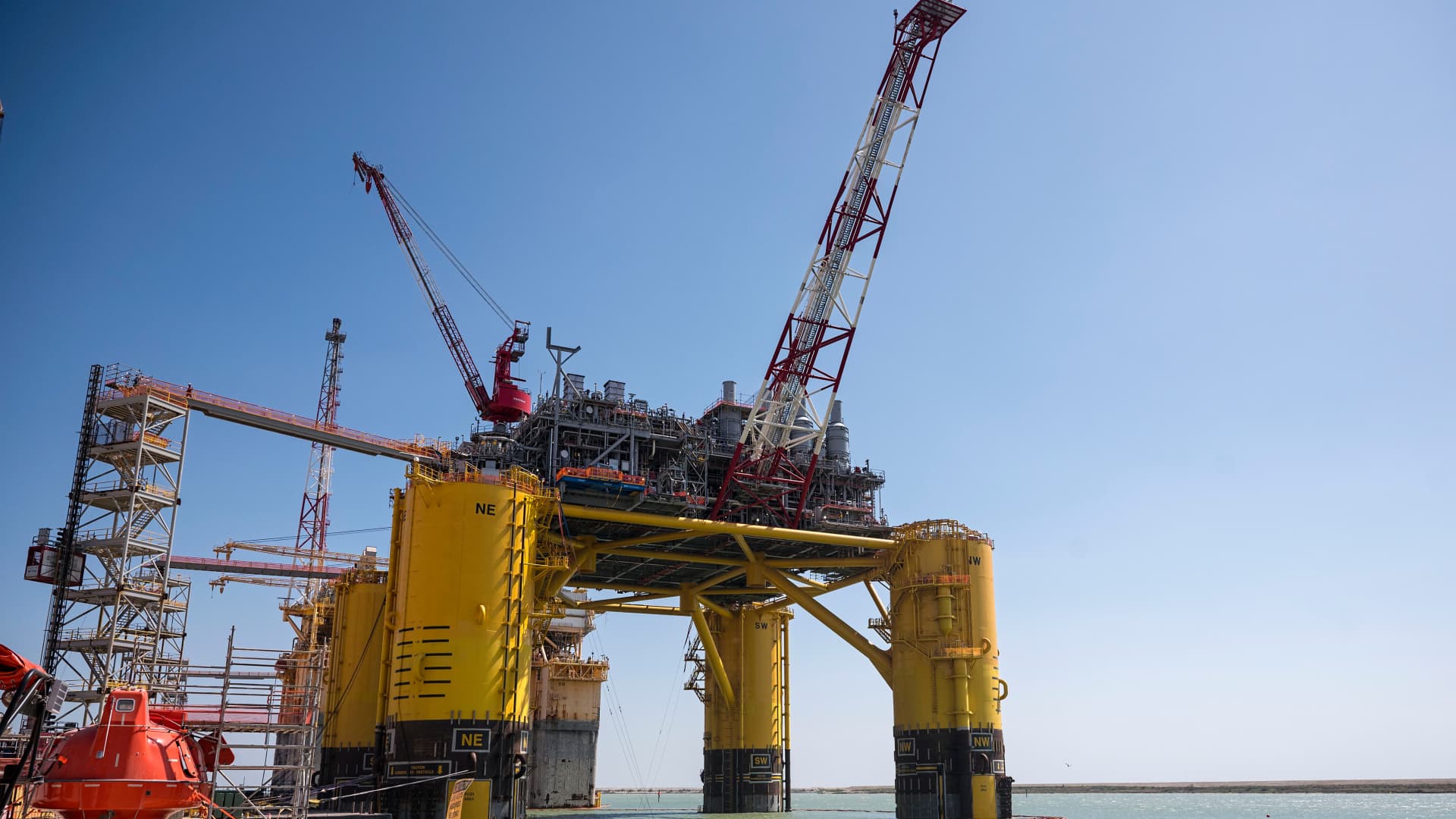Toyota Continues Its Fast BEV Development Pace With Battery Investments in US & Japan

When Toyota announced its plan in April of 2021 to introduce a full line-up of 70 electrified vehicles, with 15 BEVs, including 7 new and already available bZ BEV models by 2025, it also set in motion a series of peripheral manufacturing and R&D actions. Just over a year later it finalized plans to create its own battery for its vehicles and to supply to other car makers as well.
“Through this integrated development of vehicles and batteries, we aim to reduce the battery cost per vehicle by 50 percent compared to the Toyota bZ4X in the second half of the 2020s,” Toyota’s Chief Technology Officer Masahiko Maeda told automotive journalists at a press briefing tackling the company’s long-term battery strategy.
In the US, some $2.5 billion (~JPY325 billion yen) will be newly invested in a new company, the Toyota Battery Manufacturing, North Carolina (TBMNC), 90% of which will be owned by Toyota Motor North America, Inc. and the remaining 10% by Toyota Tsusho Corporation. In Japan, approximately $2.82 billion (~JPY 400 billion) will be newly invested in the Himeji Plant of Prime Planet Energy & Solutions Co., Ltd. (PPES) and in Toyota plants and property in the country.
The total investment for this battery manufacturing program about $5.6 billion (JPY 786.5 billion) with plants located both in the North Carolina in the US and in two locations in Japan.
By owning the battery production assets, Toyota will never become dependent on the global flow of battery supply. It also assures the company complete control of the battery manufacturing processes, including raw materials procurement, battery chemical production, and waste disposal, and enables it to stick to monozukuri (literally, making things), manufacturing skills, and passing on this knowledge and processes to increase both efficiency and sustainability.
“When it comes to electrified vehicles, cars and batteries should be regarded as one set of products. Toyota, which has been committed to producing batteries within the Toyota Group since 1997 and whose market-introduced HEVs, alone, number 18.1 million units, is an automaker that has been working on battery development as a corporate group, and, into the uncertain future of electrified vehicles as well, it intends to move forward in sure-footed steps,” Maeda said.
With this investment, Toyota intends to increase its combined battery production capacity in Japan and the United States by up to 40 GWh. By utilizing the Toyota Production System and building production lines that are more efficient than ever, Toyota also intends to further strengthen its competitiveness and invest in the training of personnel engaged in battery production.
Submitted by Raymond B. Tribdino
” data-medium-file=”https://cleantechnica.com/files/2022/09/insidetoyota_EN_168_21-1-1-e1662396843697-400×225.jpeg” data-large-file=”https://cleantechnica.com/files/2022/09/insidetoyota_EN_168_21-1-1-e1662396843697-800×450.jpeg” loading=”lazy” class=”size-large wp-image-276053″ src=”https://cleantechnica.com/files/2022/09/insidetoyota_EN_168_21-1-1-e1662396843697-800×450.jpeg” alt width=”800″ height=”450″ srcset=”https://cleantechnica.com/files/2022/09/insidetoyota_EN_168_21-1-1-e1662396843697-800×450.jpeg 800w, https://cleantechnica.com/files/2022/09/insidetoyota_EN_168_21-1-1-e1662396843697-400×225.jpeg 400w, https://cleantechnica.com/files/2022/09/insidetoyota_EN_168_21-1-1-e1662396843697-768×432.jpeg 768w, https://cleantechnica.com/files/2022/09/insidetoyota_EN_168_21-1-1-e1662396843697-1024×576.jpeg 1024w, https://cleantechnica.com/files/2022/09/insidetoyota_EN_168_21-1-1-e1662396843697-600×337.jpeg 600w, https://cleantechnica.com/files/2022/09/insidetoyota_EN_168_21-1-1-e1662396843697.jpeg 1300w” sizes=”(max-width: 800px) 100vw, 800px”>
An illustration showing the relationship of battery development to meet increase demand of EVs. Submitted by Raymond B. Tribdino
Toyota’s battery manufacturing goals are more ambitious. To achieve the intended 50% (or less) reduction of battery price by the integrated development of vehicles and batteries, it is expected invest approximately $10.7 billion more (JPY1.5 trillion) by 2030.
To adapt to the future sustainably and practically, Toyota would like to contribute to the achievement of carbon neutrality by improving its adaptability to change and its competitiveness, as well as by aiming for the fundamental widespread acceptance of ever-better electrified vehicles.
In December last year, Toyota president Aiko Toyoda, when introducing its BEV-only line-up, said that sustainability of electrified vehicles should include hybrids, plug-ins, and even fuel cell electric vehicles (FCEVs).
Aside from developing and producing batteries, this investment is aimed create as many kinds of powertrain options as possible. The 70 various electrified vehicles listed in a timeline until 2025 is to meet the primary goal of Toyota’s electrification journey — cutting down its carbon footprint and also that of its customers over the vehicle’s lifecycle — to meet universal sustainable development goals set by the UN.
Appreciate CleanTechnica’s originality and cleantech news coverage? Consider becoming a CleanTechnica Member, Supporter, Technician, or Ambassador — or a patron on Patreon.
Don’t want to miss a cleantech story? Sign up for daily news updates from CleanTechnica on email. Or follow us on Google News!
Have a tip for CleanTechnica, want to advertise, or want to suggest a guest for our CleanTech Talk podcast? Contact us here.
Advertisement
This post has been syndicated from a third-party source. View the original article here.




